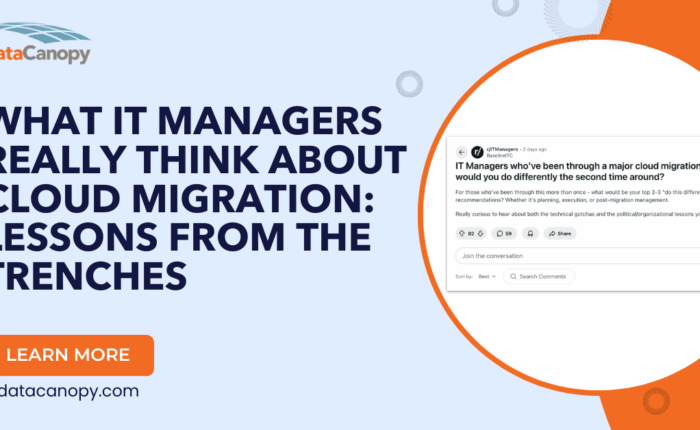The AI revolution isn’t waiting for your infrastructure to catch up.
While most AI startups focus obsessively on algorithms and talent acquisition, a critical bottleneck threatens to derail even the most promising AI ventures: the severe shortage of suitable infrastructure.
This isn’t a future problem. It’s happening now.
The Technical Reality
Modern AI workloads require power densities exceeding 135 kW per rack – a radical shift from traditional data centers that operated at just 20 kW per rack. This represents a fundamental mismatch between what AI companies need and what most infrastructure providers can deliver.
The gap is widening daily.
Most existing data centers simply cannot support the power requirements of advanced AI training and inference workloads. Those that can are being claimed at unprecedented rates.
The Market Reality
The infrastructure shortage is already severe. In Northern Virginia, the data center capital of the world, vacancy rates are below 1% in 2024.
New capacity is fully leased 2-3 years in advance.
AI companies adopting a “we’ll cross that bridge when we come to it” approach to infrastructure are finding that bridge has already been crossed by competitors who planned ahead.
The result? Critical delays in deployment, compromised performance, or prohibitive costs that drain funding before products even reach market.
The Economic Reality
Infrastructure decisions have profound economic implications for AI startups. Public cloud offers flexibility but at a cost that becomes increasingly problematic as workloads scale.
Unlike cloud’s variable pricing, colocation offers flat-rate billing for power and space – critical for long-term AI budgeting and economic predictability.
This predictability becomes essential as companies scale from proof-of-concept to production deployments.
The companies that will dominate AI markets tomorrow are making strategic infrastructure decisions today that balance immediate needs with future growth potential.
The Strategic Imperative
Forward-thinking AI companies are securing their infrastructure advantage through three key strategies:
1. Right-sizing from the start
Rather than overprovisioning or underestimating, they’re working with infrastructure partners who can tailor solutions to their actual needs – whether that’s one rack or a multi-megawatt deployment.
2. Securing access to premium facilities
They’re finding partners who can provide access to top-tier data centers even for sub-500kW deployments – opportunities normally closed to smaller AI startups.
3. Planning for power density
They’re selecting facilities specifically designed for high-density GPU deployments rather than trying to retrofit traditional infrastructure.
These decisions create a foundation for sustainable growth that purely cloud-based or makeshift infrastructure solutions cannot match.
The Time to Act Is Now
The conversations about infrastructure need to start today, not when you hit scaling limitations.
By the time most companies feel the infrastructure pinch, the best options will already be claimed. The most successful AI startups are those that recognize infrastructure as a competitive advantage rather than a commodity service.
At Data Canopy, we’ve seen this pattern repeatedly across the AI landscape. Companies that proactively address their infrastructure needs gain a significant advantage in time-to-market, cost efficiency, and performance optimization.
The AI companies that will dominate tomorrow are making critical infrastructure decisions today.
Which side of that divide will your company be on?



